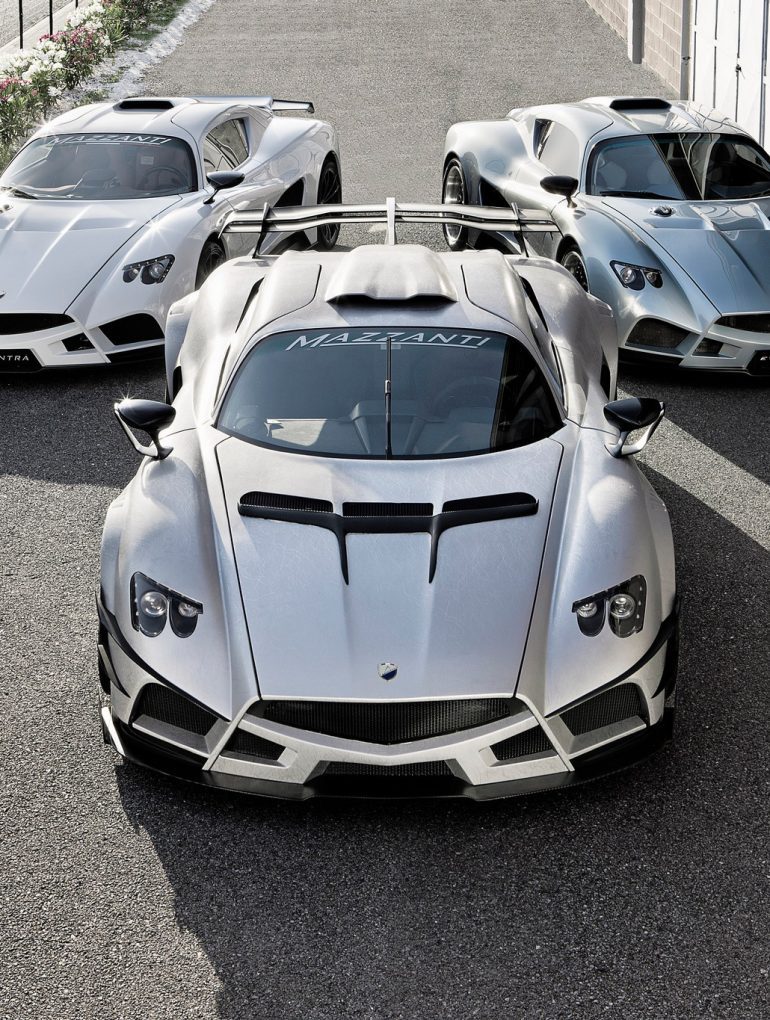Earlier this month, we here at Supercars.net were lucky to be invited by Mazzanti Automobili to watch an introduction to the brand livestream. Presenting the stream were Guy Jenner, CEO of HWM, the UK’s oldest Aston Martin and Supercar dealership, and Luca Mazzanti, CEO and founder of Mazzanti Automobili. However, before we pass along the amazing things we learned, we should introduce Mazzanti Automobili to those who may never have come across them before.
Founded in 2002 as Faralli & Mazzanti by co-founders Walter Faralli and Luca Mazzanti, the original company was focused on restoration of classic high performance cars, while also gaining experience in design and development of modern supercar ideas. This experience and appreciation of the classic sports car style led to the F&M Antas V8 in 2006, a design concept that evokes the lines and timeless beauty of the early years of the Italian berlinetta coupes with long hoods and sloping tails, with a plush cabin in between.



